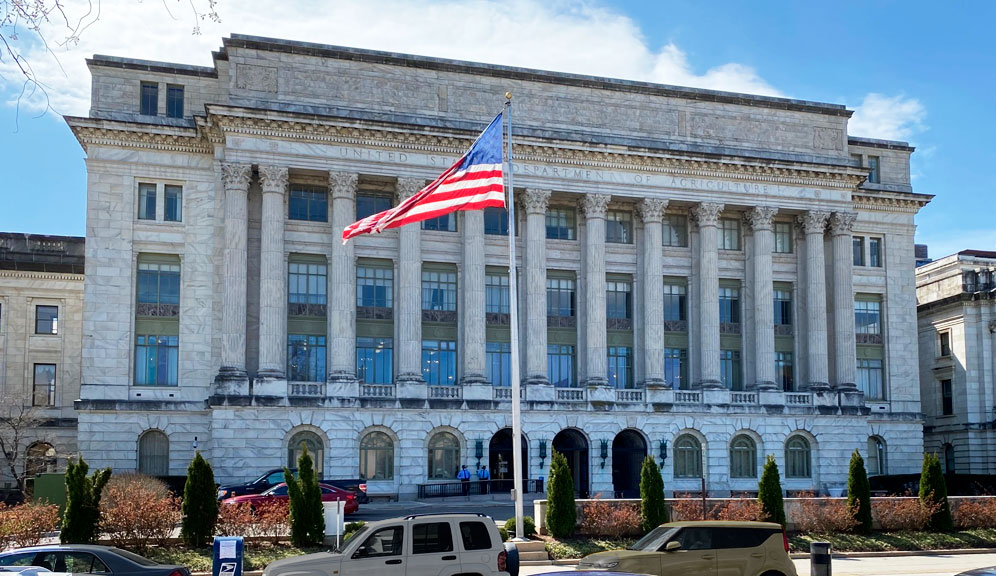Farms Facing Unprecedented Financial Pressure
In a shocking turn of events, 259 farms across the United States filed for bankruptcy in just the first three months of 2025, surpassing the total number of bankruptcies for all of 2024. This alarming statistic, reported by the University of Arkansas System Division of Agriculture, signals a resurgence of the financial hardships that have plagued the agricultural sector since before the pandemic. With more farms succumbing to economic pressures, many are left wondering what the future holds for American agriculture.
Chapter 12 Bankruptcy on the Rise
Farmers are increasingly turning to Chapter 12 of the federal bankruptcy code, which is designed to help family farmers and fishermen restructure their debts. According to economist Ryan Loy, this spike in bankruptcies mirrors trends observed in 2018 and 2019, highlighting a systemic crisis in the agricultural economy. In stark contrast, the number of Chapter 12 filings dropped significantly in 2021, bolstered by pandemic-related assistance and improved commodity prices. The reversal in fortunes raises questions about the sustainability of farming in an increasingly volatile economic landscape.

Visit NIFA | NIFA
Underlying Causes of Bankruptcy Surge
Experts point to multiple factors contributing to this spike in bankruptcies. Rising input costs, including fuel, seeds, and fertilizers, are squeezing farmers" profit margins. Additionally, persistent inflation has driven up operational costs, while fluctuating commodity prices create further uncertainty. As reported by USDA, the farm sector"s debt is forecast to increase by a staggering $19.8 billion in 2025, reaching a total of $561.8 billion. This unsustainable debt load is forcing many farmers to make heartbreaking decisions about their livelihoods.
Impact on Rural Communities
The consequences of this bankruptcy crisis extend far beyond individual farms. Rural communities are deeply intertwined with their agricultural economies, and as farms close, the economic ripple effects can be devastating. Job losses, reduced local business activity, and decreased community investment are just a few outcomes that can emerge from a wave of farm bankruptcies. According to Farm Policy News, family farm bankruptcies have already increased by 55% compared to 2023 and are trending even higher this year. This trend threatens the very fabric of rural life, where farming is often the backbone of the community.

2024-5-1-Loy-CIA | Extension Economist Ryan Loy speaking at …
The Need for Policy Reform
As the agricultural crisis deepens, there is an urgent need for policy reform to address these systemic challenges. The current support structures are inadequate to meet the scale of the crisis. A re-evaluation of the federal farm bill and targeted financial assistance programs could help stabilize the agricultural sector. Many advocates argue that the government must prioritize investment in sustainable farming practices and equitable support mechanisms that truly meet the needs of farmers struggling under the weight of debt. This is not just an economic issue; it is a matter of social justice as marginalized farmers—particularly those from communities of color—face disproportionate challenges in accessing resources and support.





![[Video] AG Pam Bondi announces National Guard deployment to major cities](/_next/image?url=%2Fapi%2Fimage%2Fthumbnails%2Fthumbnail-1764570647822-2ntma-thumbnail.jpg&w=3840&q=75)
![[Video] Trump clarifies warning on Venezuelan airspace, denies imminent airstrike](/_next/image?url=%2Fapi%2Fimage%2Fthumbnails%2Fthumbnail-1764566443219-7y8osh-thumbnail.jpg&w=3840&q=75)

